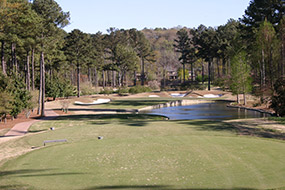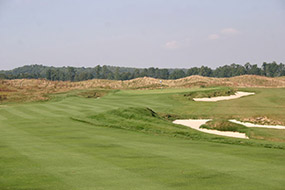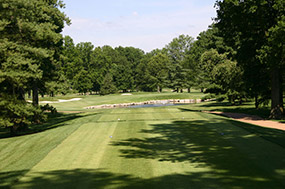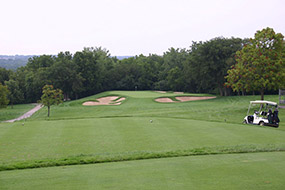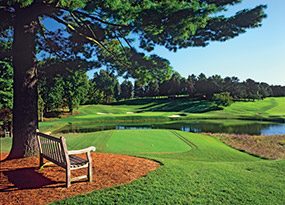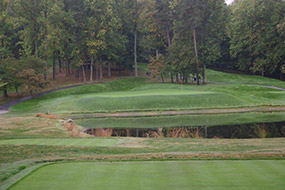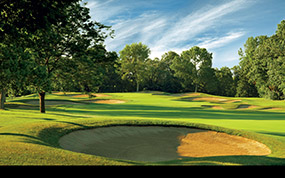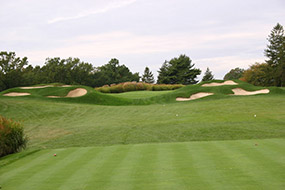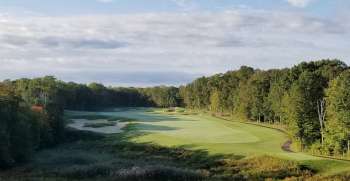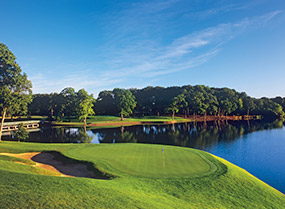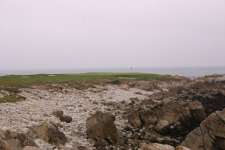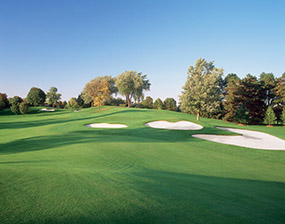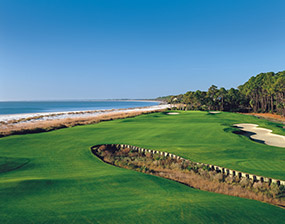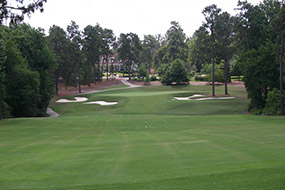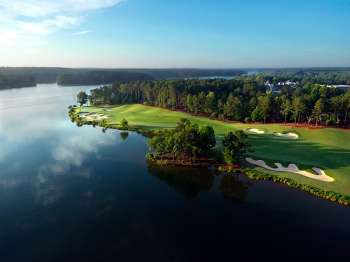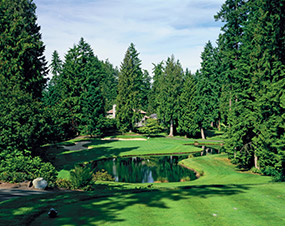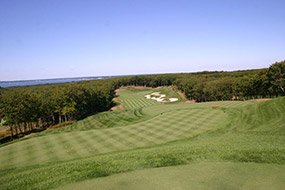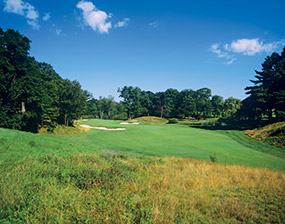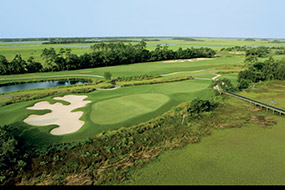Rees Jones
Profile
Some people are born golfers, developing a passion for the game early and dedicating their life to its pursuit. Others are simply born into golf, blessed with rich golfing lineage they choose to take advantage of the opportunities their famous name has afforded them.
Rees Jones is apparently in the latter category, having succeeded in this business largely, it would seem, because his father was Robert Trent Jones, one of the most prolific course architects in the game’s history. Rees, and his brother Robert Trent Jones Junior, both followed their father into the design business; the two managing to forge contrasting identities within the game. RTJ II is a pure ‘signature’ firm with Robert doing less of the design work and his company producing hundreds of extravagant layouts that are generally well maintained and exciting to look at. Rees, by contrast, has kept things smaller and worked on fewer new course projects but established himself as the ‘Open Doctor’ and designer of choice for classic clubs looking to harden holes and renovate layouts for the sake of championship consideration.
It’s hard to know where to start with Jones, there are so many stories and misconceptions that the relevance of what is written depends on what you may have heard about his talents and work ethic. Despite talk from the USGA around Open time, this is not an original, trailblazing golf architect – but rather someone who appears to have spent most of his career simply making existing courses harder. His original designs are often ordinary, some needing to be rebuilt or radically overhauled shortly after opening. Ocean Forest, Atlantic, The Bridge etc may be decent layouts but each is disappointing when considering budgets, land and opportunity. His most upsetting work, however, has been to classic courses looking to host tournaments. Bethpage Black is an exception, as it revolved more around restoration than extension, but his work at the likes of Medinah No. 3, Oakland Hills, East Lake, Atlanta Athletic Club and Torrey Pines has left golfers with tougher and narrower tests but also layouts that are infinitely less interesting and strategically arranged.
Taking a tee back 60 yards, squeezing a fairway to less than 30 yards and pushing sand and rough grass around a putting surface doesn’t take a great deal of thought or talent, yet this is largely what Jones has thrived doing. The greens at Torrey Pines show examples of design deficiencies; the targets are broken into sharply breaking, predictable, quadrants that were apparently only created to make the approach shot harder. The contouring is rather repetitive and neither fits within the surrounding shapes nor does any of it really appear to favour a strategic angle from the fairway. This is probably just as well, because fairways are typically pinched so tight that merely hitting the short grass, not playing for position, becomes the golfers principal concern on the tee.
Rees Jones is a big name golf designer and a man in demand because of his work on celebrated championship venues across America. We believe there are serious shortfalls with his work, however, so when considering an appropriate architect for your project it is important to seek expert and independent advice.
For an appraisal of Rees Jones’s work or for general design advice please contact Global Golf Group.
